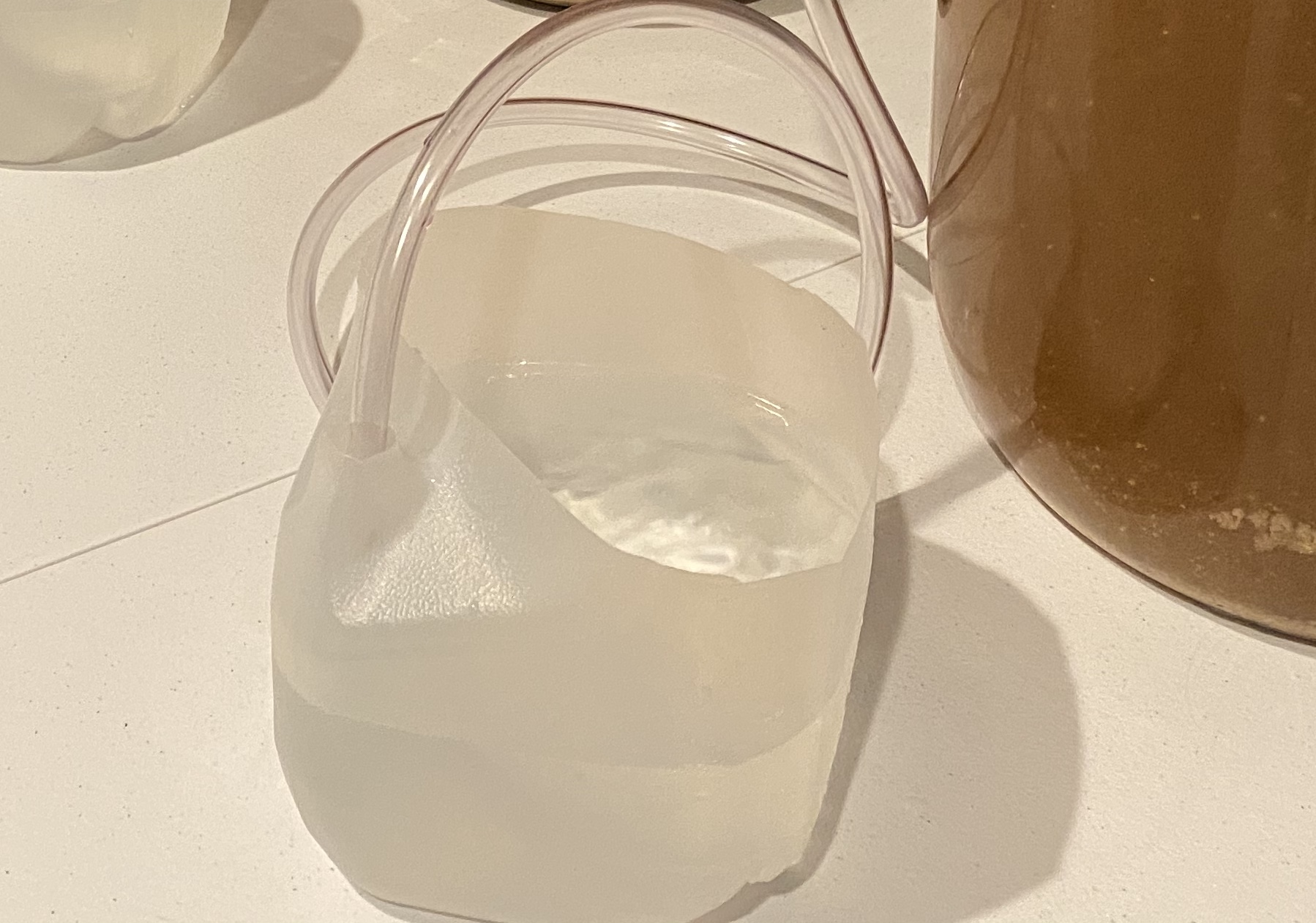Nick&Worty
Well-Known Member
- Joined
- Sep 2, 2020
- Messages
- 282
- Reaction score
- 440
“Only a fool learns from his own mistakes. The wise man learns from the mistakes of others.” ― Otto von Bismarck
Okay veteran brewers, time to give up the goods! What are some things you've learned the hard way that you wish you would have known when you were just starting?
For example, I wish I would have understood just how important stirring is to holding a mash temperature. For my first few brews, I'd watch my temp start dropping, fire up the heat, and suddenly have it run away on me, frantically doing anything I could to bring it back down in range. What I didn't realize is that my thermometer wasn't getting an accurate reading on the whole volume of water. When I stir right before reading temp it changes by several degrees. Regular stirring as I watch and adjust mash temperatures has really helped keep things consistent and avoid runaway heat
or
Make sure you think fully about what you're about to do and know where you're going to put what you're handling. For example, I've filled my hydrometer test tube, had my thumb on the hose to hold the syphon, and realized my hydrometer was across the room. Basic stuff but thoroughly plan your next step. Also if you're going to use a transfer hose that may leak at all when you're done, have a bucket or pitcher handy to put it in!
or
Fermentation is super funky business, like P-Funk level. It might smell like armpit when it bubbles. It's okay, calm down.
or
Put some sanitizer in a spray bottle. It's super-handy.
I'm sure you get it! Just drop any lessons learned in here and us newbies can read through it and learn from others' experience!
Okay veteran brewers, time to give up the goods! What are some things you've learned the hard way that you wish you would have known when you were just starting?
For example, I wish I would have understood just how important stirring is to holding a mash temperature. For my first few brews, I'd watch my temp start dropping, fire up the heat, and suddenly have it run away on me, frantically doing anything I could to bring it back down in range. What I didn't realize is that my thermometer wasn't getting an accurate reading on the whole volume of water. When I stir right before reading temp it changes by several degrees. Regular stirring as I watch and adjust mash temperatures has really helped keep things consistent and avoid runaway heat
or
Make sure you think fully about what you're about to do and know where you're going to put what you're handling. For example, I've filled my hydrometer test tube, had my thumb on the hose to hold the syphon, and realized my hydrometer was across the room. Basic stuff but thoroughly plan your next step. Also if you're going to use a transfer hose that may leak at all when you're done, have a bucket or pitcher handy to put it in!
or
Fermentation is super funky business, like P-Funk level. It might smell like armpit when it bubbles. It's okay, calm down.
or
Put some sanitizer in a spray bottle. It's super-handy.
I'm sure you get it! Just drop any lessons learned in here and us newbies can read through it and learn from others' experience!
Last edited:









































![Craft A Brew - Safale S-04 Dry Yeast - Fermentis - English Ale Dry Yeast - For English and American Ales and Hard Apple Ciders - Ingredients for Home Brewing - Beer Making Supplies - [1 Pack]](https://m.media-amazon.com/images/I/41fVGNh6JfL._SL500_.jpg)



















